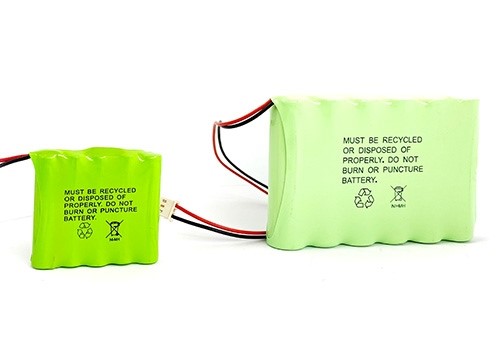Nickel hydride batteries have been around for decades, with their origins dating back to the 1960s. Originally developed for specialized applications, such as aerospace and medical devices, nickel hydride batteries have evolved over time to become a popular choice for consumer electronics, electric vehicles, and renewable energy storage systems.
In recent years, there has been a growing interest in the future of nickel hydride battery technology. As the demand for energy storage solutions continues to rise, researchers and manufacturers are actively exploring ways to enhance the performance, reliability, and safety of nickel hydride batteries. In this blog, we will delve into the potential advancements and innovations that could shape the future of nickel hydride battery technology, focusing on improvements in energy density, cycle life, and safety features.
Advancements in Energy Density:
One of the key areas of focus for researchers is increasing the energy density of nickel hydride batteries. By packing more energy into a smaller volume, batteries can deliver longer operating times and greater range for electric vehicles. Scientists are investigating new electrode materials, such as nickel-based alloys and nanostructured hydride compounds, to achieve higher energy densities without compromising on performance or safety.
Enhanced Cycle Life:
Another challenge facing nickel hydride batteries is ensuring long-term durability and reliability. Over repeated charge-discharge cycles, batteries can experience capacity fade and performance degradation. To address this issue, researchers are developing novel electrode architectures and electrolyte formulations that minimize electrode degradation and improve cycling stability. Additionally, advances in battery management systems (BMS) enable better monitoring and control of charging parameters, prolonging the cycle life of nickel hydride batteries.
Safety Features and Reliability:
Safety is paramount in battery technology, particularly as batteries are deployed in increasingly demanding environments. Nickel hydride batteries are known for their robust safety record compared to other chemistries, but there is always room for improvement. Researchers are exploring new electrolyte additives and separator materials to enhance thermal stability and prevent thermal runaway reactions. Furthermore, the integration of smart safety features, such as pressure relief valves and internal short circuit protection, ensures the reliable operation of nickel hydride batteries in a variety of applications.
Integration of Advanced Charging Techniques:
In addition to advancements in energy density, cycle life, and safety features, the future of nickel hydride battery technology also involves the integration of advanced charging techniques. Traditional charging methods, such as constant current/constant voltage (CC/CV) charging, have served their purpose well but may not fully capitalize on the potential of nickel hydride batteries.
Contact Emerging Power For Advanced Battery Solutions
The future of nickel hydride battery technology holds great promise for advancements in energy density, cycle life, and safety features. By leveraging innovative materials and engineering solutions, manufacturers can deliver more efficient and reliable energy storage solutions to meet the growing demand for sustainable power sources. As research and development efforts continue to accelerate, we can expect to see significant improvements in nickel hydride battery technology in the years to come.
Emerging Power is devoted to driving innovation in energy storage technology and delivering cutting-edge solutions to our customers. Stay tuned for updates on the latest developments in nickel hydride battery technology and other emerging trends in the power sector.

